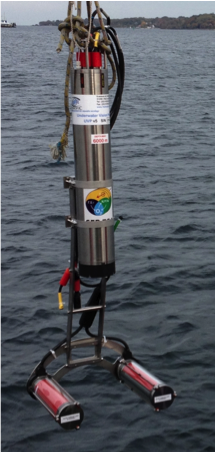
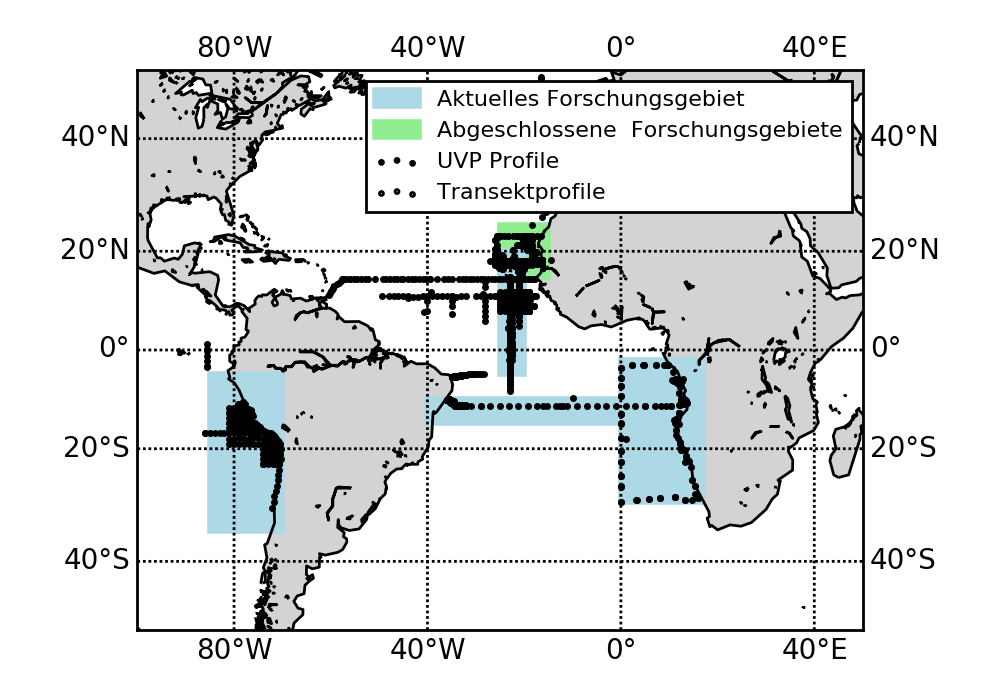
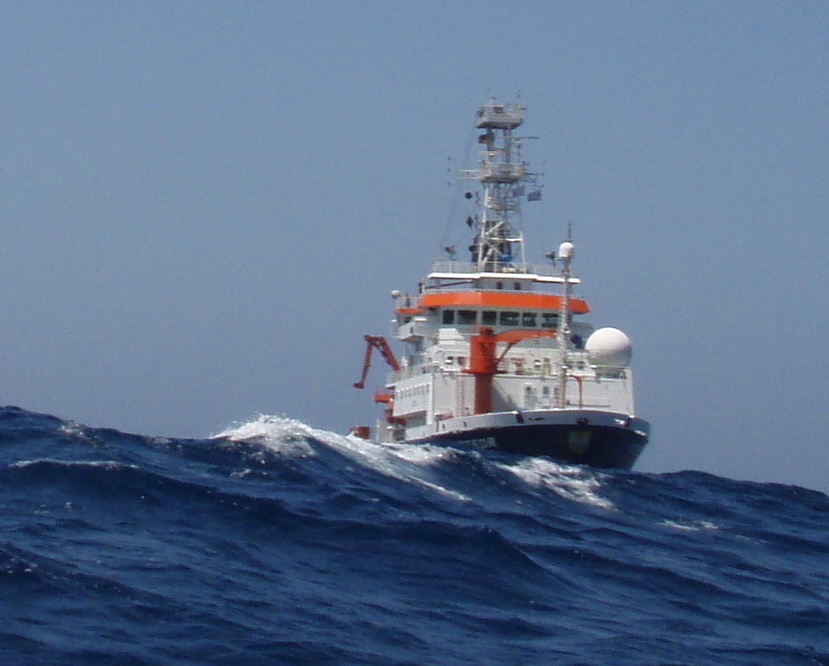
At the moment, we are especially interested in rhizaria, single-celled zooplankton, which are often able to conduct photosynthesis. Many Rhizaria are very fragile and difficult to investigate, but especially these fragile groups can make up a substantial part of the zooplankton biomass in the ocean. In the upwelling area off California, 81% of the zooplankton is made up by Rhizaria! We want to have a look at further upwelling areas, in order to identify the distribution of Rhizaria in those regions and to understand their possible role in the carbon transport to the deep sea.
As you can see on our Results pages we already analyzed a lot of data from the Mauritanian, the Peruvianand the Benguela upwelling area analyzed. Now we are again taking a look at datafrom the upwelling area off Mauretanian and Senegal andand the Cape Verde Islands region obtained in 2019. Below on this pageyou can see where exactly the data came from. Each point marks a UVP profile.
We need 10 identifications for each image in order to properly evaluate the assignment of this plankton organism. From the 16 images that you evaluate, 8 are randomly picked and shown together with 8 further test images. This means that we need around 11000 identification rounds to complete this project. If everybody sorts 1000 images, we are quickly done within a few weeks.
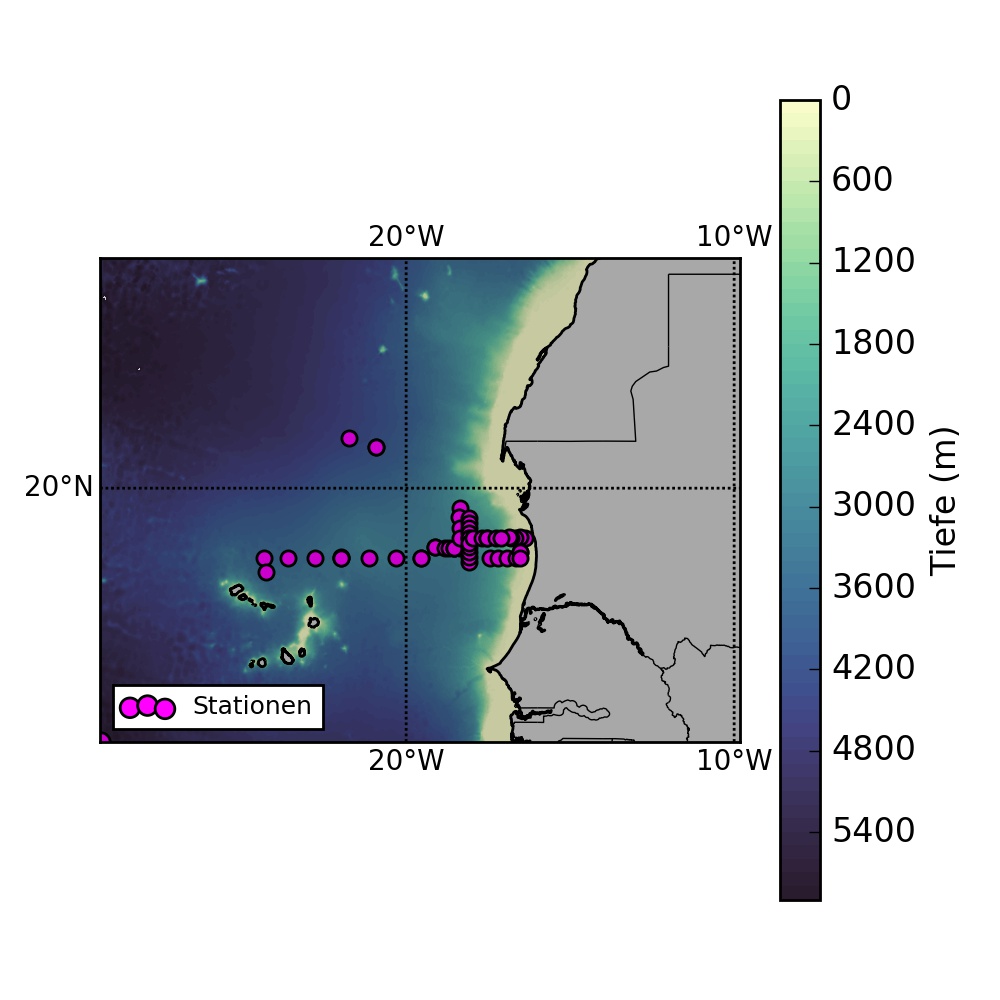
Project Overview Here you can find out where exactly our data now stem from.
Our progress

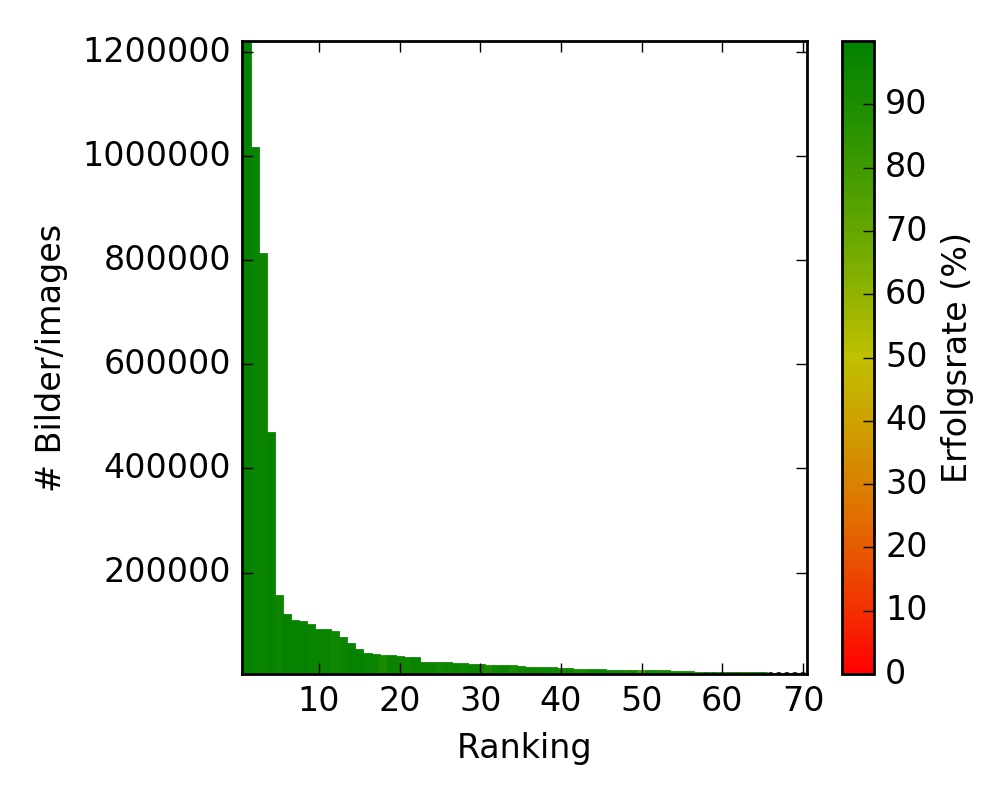
Busy-players-statistics: This graphic shows how many people already sorted more than 5000 images and you see their progress. The colour of each bar represents the success (see scale on the right).
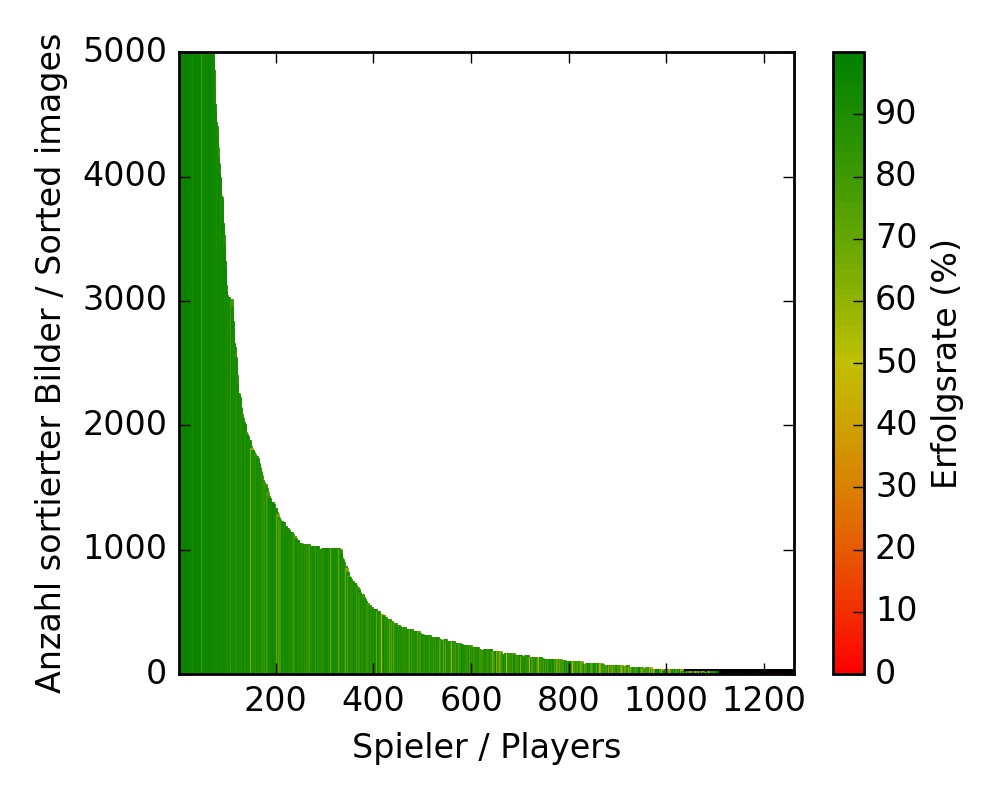
Statistics: This graphic shows how many people already played, and how many images everyone sorted. The colour of each bar represents the success (see scale on the right). Here we only present results until 5000 sorted images.
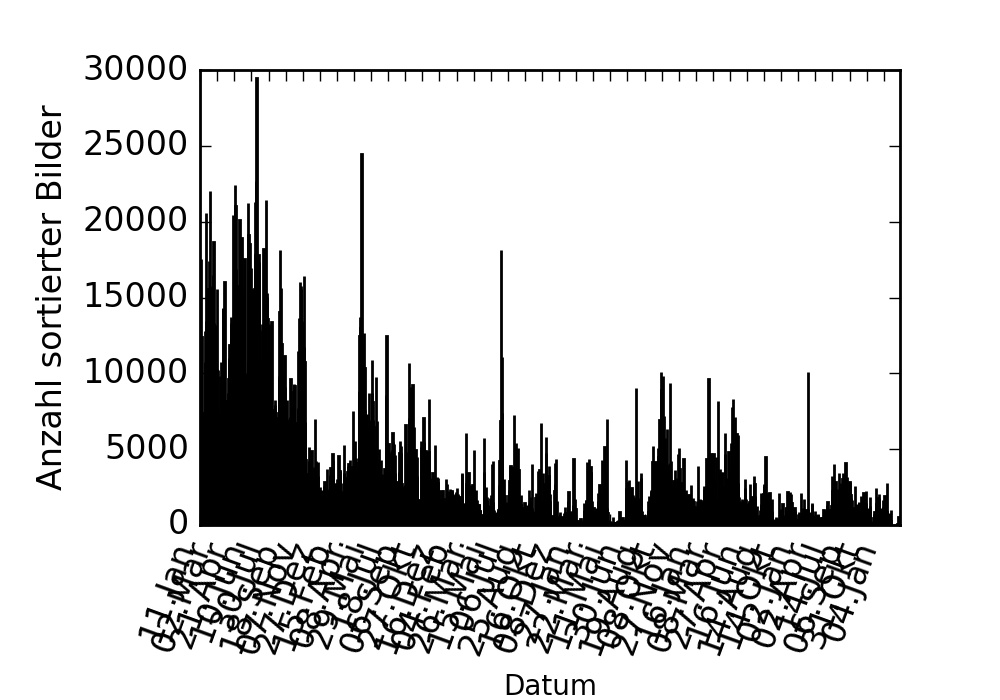
Review: Here you can see how many images were sorted on each day since our project started in January 2017.
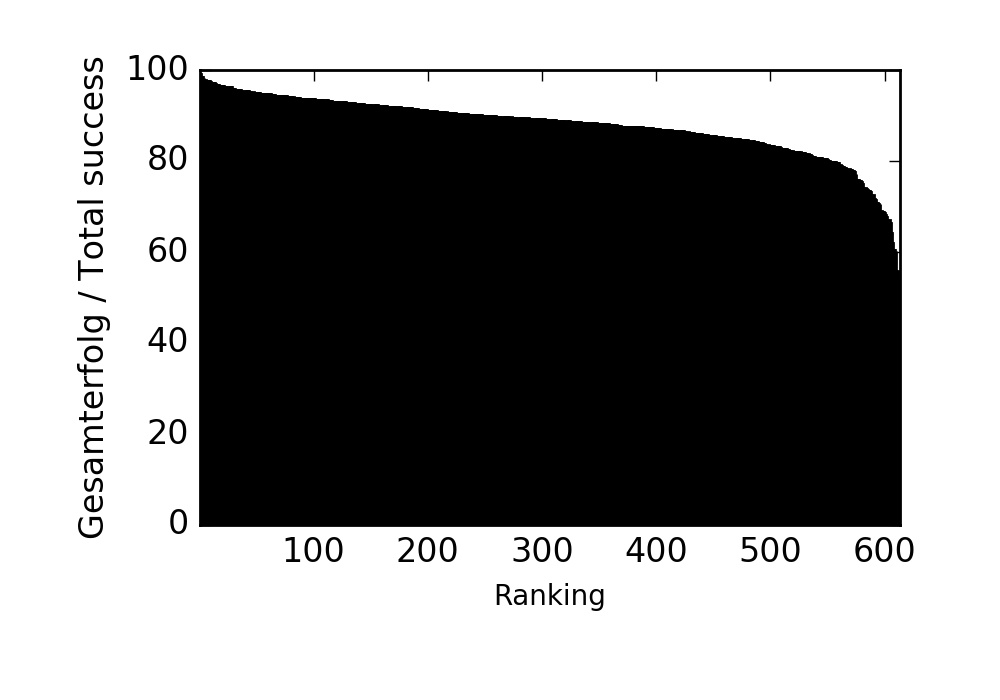
Success stats: Here you can see how successful people are at the game. A total success of more than 90% is really good, but 80% is also very helpful and every good round of sorting (i.e. > 85%) is valuable for us. If you do not manage to regularly obtain more than 80%, feel free to write us an email. We would be happy to help you with further explanations.